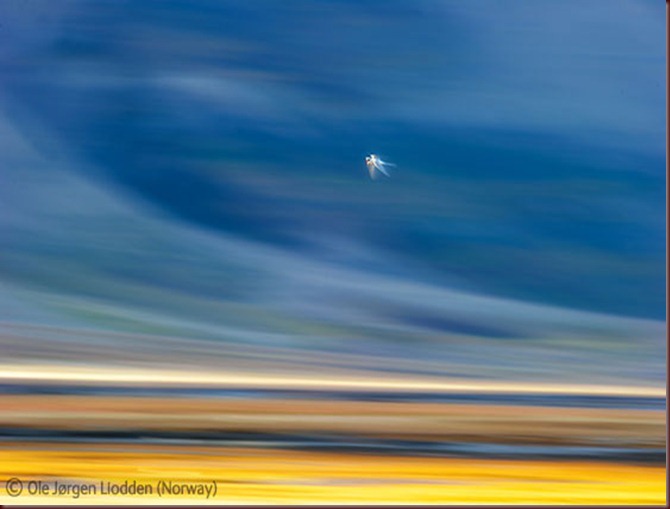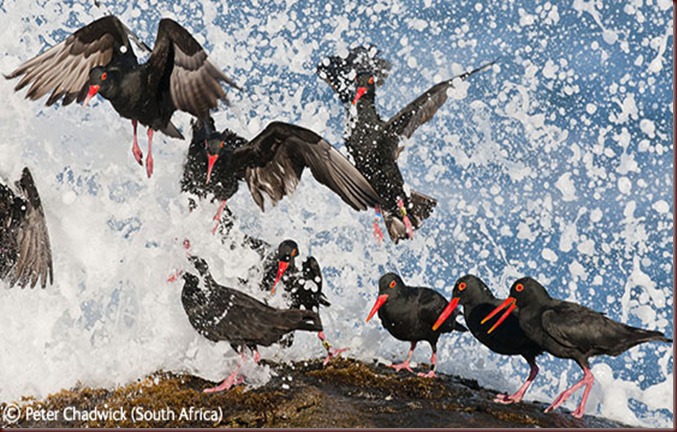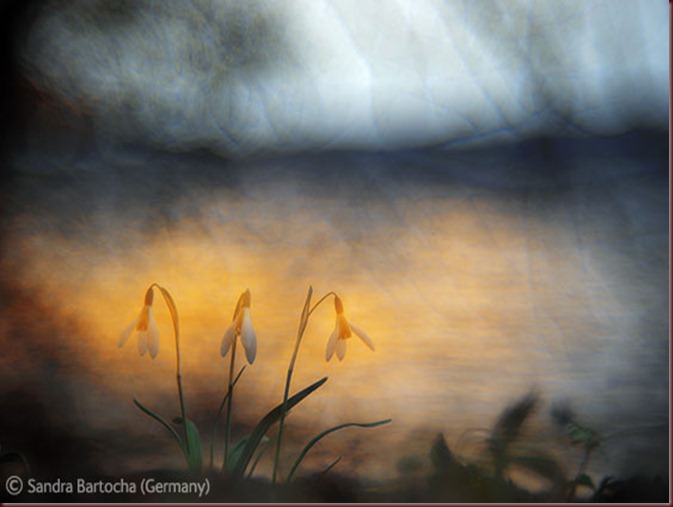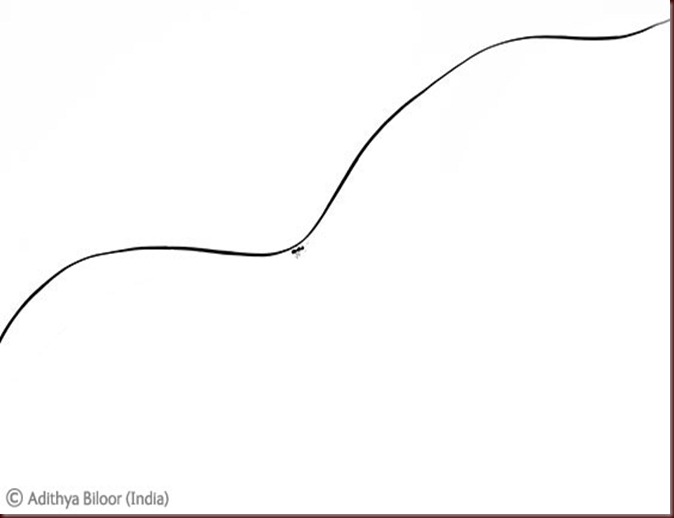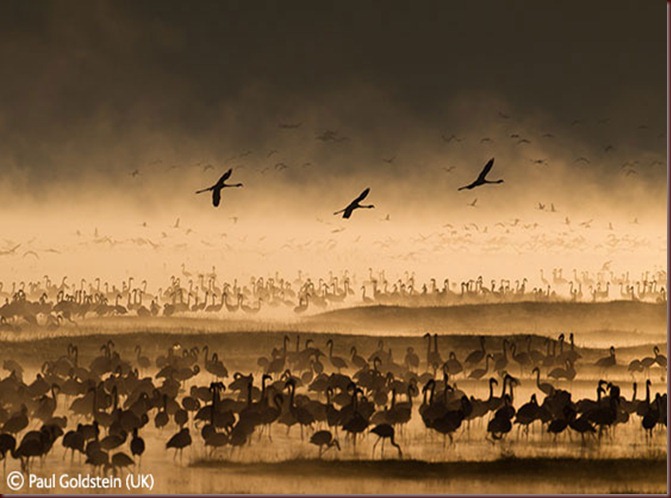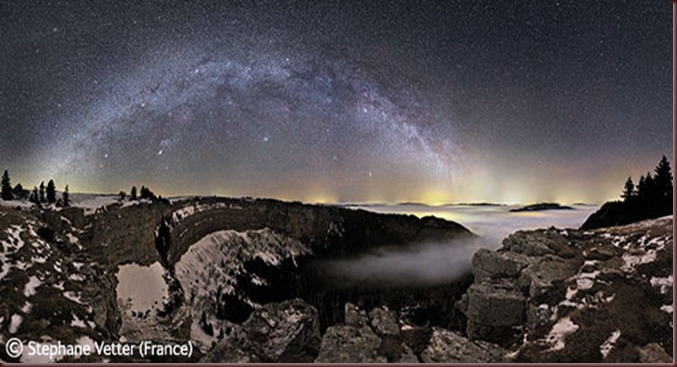 Fifteen years passed - most of which were lived in different countries. Then we met up on face book. And today Shirley and I met face-to-face!!
Fifteen years passed - most of which were lived in different countries. Then we met up on face book. And today Shirley and I met face-to-face!!Shirley came in by bus and I was wondering if I would recognize her. The anticipation was electric - next thing, there she was! Uninhibited hugs and more hugs in the thousand year old Abbey. We kept on looking at each other! Much catch-up and almost as much coffee and spoiling of sweet taste-buds and.... love all round. Talking - note talking, not gossiping about mutual friends and seeing Jesus in action in our lives. We shared our heart-aches, talked about wedding dresses, travel and families and gardening. Priceless time!
Our friend, John writes on my face book record of this day:
“That's great! I think many of us long to again meet friends we haven't seen for many years & those we've got to know through Facebook & have never met in the flesh.”
John continues:
Faith will become sight, but for us earthlings it is not sight….yet. A day, of either joy or shame, is coming when every eye will see the returning Christ.
It is really a picture of the gospel.
God has befriended us through the gospel & we've grown to know & love him as he's revealed himself & spoken to us through his word.
And as we grow in the knowledge of him we long to meet him face-to-face.
And we shall when we see God in the face of Jesus Christ, that beatific vision, the delight of the saints, the sight that will forever satisfy & fulfil us.
I hope to preach something along those lines tomorrow!
Here are a few pictures, glimpses of a day of reunion, love and mega catch-up in St Albans. Thank you Shirley, it was a cracker of a face-to-face-day! I’m still pinching myself….that we met in the Abbey, walked down the streets with its overhanging medieval architecture, etc. etc. and waved goodbye at the bus-stop .


Peter 1:8–9
And though you have not seen him, you love him, and though you do not see him now, but believe in him, you greatly rejoice with joy inexpressible and full of glory, obtaining as the outcome of your faith the salvation of your souls.
When Jesus comes back, we will see Him with our own eyes.
Revelation 1:12-18
John 14:8-10





